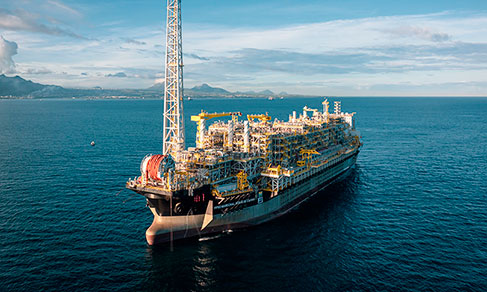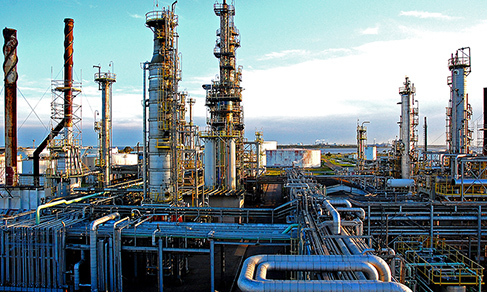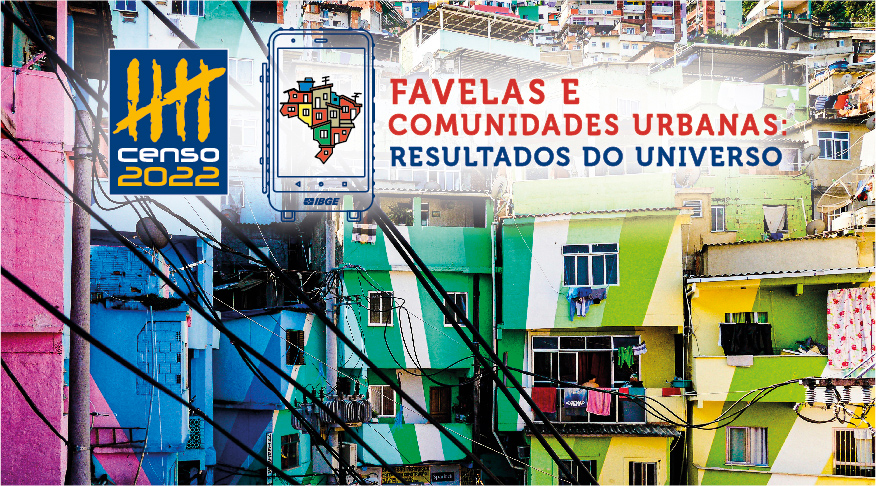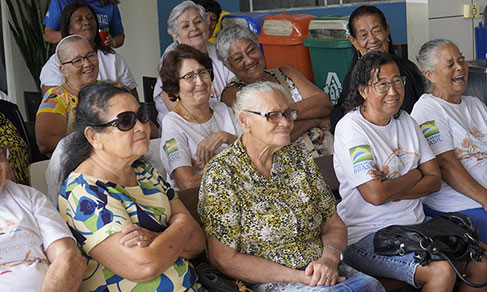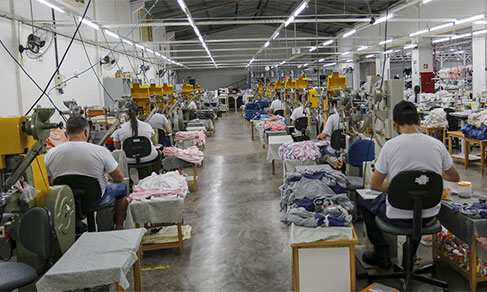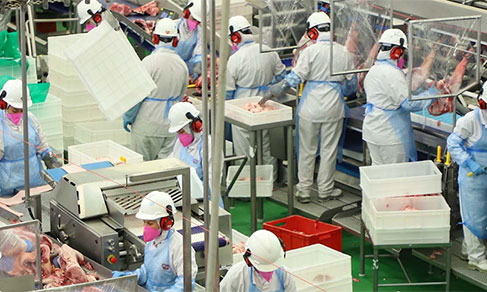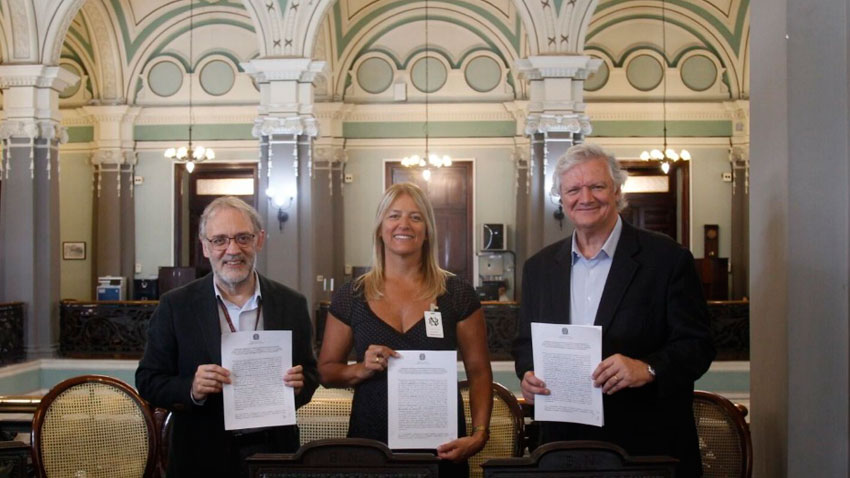Municipal Livestock Survey
In 2021, cattle herd hits record figure and reaches 224.6 million head
September 22, 2022 10h00 AM | Last Updated: September 23, 2022 10h08 PM
Highlights
- Value of production of the main animal products (milk, hen eggs, quail eggs, honey, silkworm cocoons and wool) reached R$ 91.4 billion in 2021. Milk accounted for 74.5% of this amount. Since 2017, Santa Maria de Jetibá (ES) is the municipality with the highest value of production in the country (R$ 1.4 billion).
- With 224.6 million head, the herd of cattle in Brazil hit a record in the time series that started in 1974. The municipality of São Felix do Xingu (PA) had the biggest cattle herd in the country (2.5 million head).
- The production of cow’s milk was stable at 35.3 billion liters. Castro (PR) is still the leading municipality, with 381.7 million liters.
- The number of hogs and pigs increased by 3.2% in 2021, and reached 42.25 million animals, record of the time series. Half of this group is in the South Region. Toledo (RS) has, once morem the biggest number, a totalmof 869.2 thousand hogs and pigs.
- The production of honey remains on an upward trend: an increase of 6.4% and a record of 55.8 thousand tonnes. The municipality that leads honey production was Arapoti (PR), with 925.6 tonnes.
- Production of eggs reaches 4.8 billion dozen and hits new record, with 4.8 billion dozen. The leading municipality in terms of production of eggs was Santa Maria de Jetibá (ES), with 339.5 million dozen.
- Fish farming reached the highest level in the series, with 559 thousand tonnes and R$ 4.7 billion in terms of value of production. Nova Aurora (PR) is still the leading municipality in terms of fish farming, with 20.1 thousand tonnes produced, or 3.6% of the national output.
- Tilapia is still the main representative of fish farming, accounting for 39.7% (or R$2.7 billion of its value of production). The main producer of tipalia was Nova Aurora (PR), with 20.1 thousand tonnes and R$146.8 million in terms of value of production.
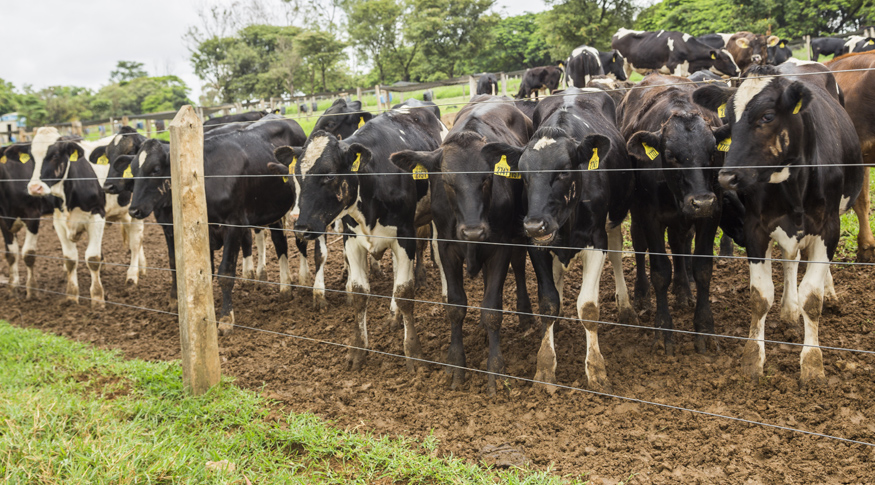
Cattle herd hits a record in 2021 and reaches 224.6 million head
Cattle herd increased for the third consecutive year and reached the record figure in the time series, according to the Municipal Livestock Survey (PPM), released today by the IBGE. The increase of 3.1% in comparison with 2020 caused the number of head to reach 224.6 million, having surpassed the previous record, of 2016 (218.2 million).
According to Mariana Oliveira, analyst of the survey, the year of 2021 was marked by the retention of female for the production of calves, as in 2020, opposite to the decrease in slaughter of cattle due to the lack of animals ready for slaughter.
Mato Grosso, as in 2020, was the leader in the state ranking, with 32.4 million head, or 14.4% of the national total. Goiás was in the second position (10.8%). In the municipal ranking, São Félix do Xingu (PA) is still the leader, as in 2020, and reached 2.5 million tonnes.
Value of livestock production reached R$91.4 billion
The value of production of the main agricultural products reached R$91.4 billion. Milk production concentrated 74.5% of this amount, followed by production of hen eggs (23.9%). In the municipal ranking, the same list as in 2020: Santa Maria de Jetibá (ES) recorded the highest value of production, R$1.4 billion, of which 94.1% come from the sales of hen eggs, product of which the municipality leads the ranking. Bastos (SP) is in second place, with R$1.0 billion, 95.7% from the same activity as in the previous case. Castro (PR) is another municipality in the top 3. It is the main national producer of cow’s milk, with 97.3% of the value of production relative to this product (R$901.9).
Production of milk is stable and average price records increase of 21% in 2021
Milk production was estimated at 35.3 billion liters in 2021, a figure that shows stability in comparison with the figure in 2020.
Among the Major Regions, the South regained its leading position, as in 2014 and 2018. Nevertheless, only the Northeast, third Major Region in the ranking, recorded an increase in production (12.8%) and reached 5.5 billion liters. Investments by this sector and better weather conditions observed in the last few years led to the increase of production for the fifth consecutive year, says the survey analyst.
Minas Gerais, despite the decrease of 0.8% in the annual comparison, remaied as the origin of the biggest production of milk, 27.2% or 9.6 billion liters. As for the 5,502 Brazilian municipalities that produced some milk, Castro remains (PR) remains as the leader, with 381.7 million liters, an increase of 4.9% in comparison with 2020.
Carambeí (PR) was in the second position, with 227.8 million liters. The third municipality was Patos de Minas (MG), with 206.0 million liters. It is worthy of mention that seven of the 10 main municipalities regarding milk production were located in Minas Gerais.
The average price paid for the liter of milk rose 21.0% in 2021, and reached R$ 1.93 per liter. Value of production amounted to R$68.2 billion, an increase of 21.0%. “The change was mainly an attempt at mirroring the rise of production costs, as observed in the year 2020,” Ms. Oliveira recalls.
As in the case of milk production and in the ranking of previous years, Minas Gerais led the value of milk production, with R$19.4 billion, an increase of 21.4% against the previous year.
Raising of hogs and pigs increases and hits record figure; South has half of the national total
The number of hogs and pigs increased 3.2% in 2021, and reached 42.5 million animals, the main inventory of hogs and pigs in the time series. According to Ms. Oliveira, the year registered historical rises in input prices. “That was a challenging situation for producers, mainly for the independent ones, but slaughter of hogs and pigs was still on an ipward trend, and reached record results as for volume and revenue.”

The South region is still the main one in terms of animal raising: 21.4 million animals, half of the national total. With 8.4 million head, an increase of 7.8%, Santa Catarina remains as the leader at state level, followed by Paraná and Rio Grande do Sul.
Among the municipalities, once more, Toledo (PR) had the biggest total, now followed by Uberlândia (MG) and Rio Verde (GO).
Production of eggs hits new record, with 4.8 billion dozen
In 2021, the production of hen eggs increased by 1.7%, and hit 4.8 billion dozen, a record figure in 2020. Among the Major Regions, the Southeast is still the leader, despite the decrease of 4% in relation to the previous year. It accounts for 40.4% of the national total.
The Southeast has states in the first position (São Paulo, with 24%), the hird position (Minas Gerais, with 8.5%) and the fifth position (Espírito Santo, with 7.6%). Paraná, in the second position, with 9.4%, and Rio Grande do Sul, in the fourth position, with 7.9%, complete the top 5 Federation Units, which makes the South Region as second in the ranking: 22.9%.
Among the municipalities, the main five ones are: Santa Maria de Jetibá (ES), with 339.5 million dozen, followed by Bastos (SP), Primavera do Leste (MT) and São Bento do Una (PE) and Itanhandu (MG).
The total of poultry, which includes roosters, hens, chickens, pullets and chicks, increased by 3.5% (52.2 million animals) between 2020 and 2021, and amounted to 1.5 billion head.
Cascavel (PR), for the first time, is number one in the ranking of 5,486 municipalities with the presence of poultry. This municipality recorded an increase of 17.8% in 2021, whereas the previous leader, Santa Maria de Jetibá (ES), fell to the second place. Itaberaí (GO) and Cianorte (PR) surpassed Bastos (SP), and complete the top 5.As for poultry production, Santa Maria de Jetibá (ES) is still the leader, followed by Bastos (SP), São Bento do Una (PE), Primavera do Leste (MT) and Itanhandu (MG).
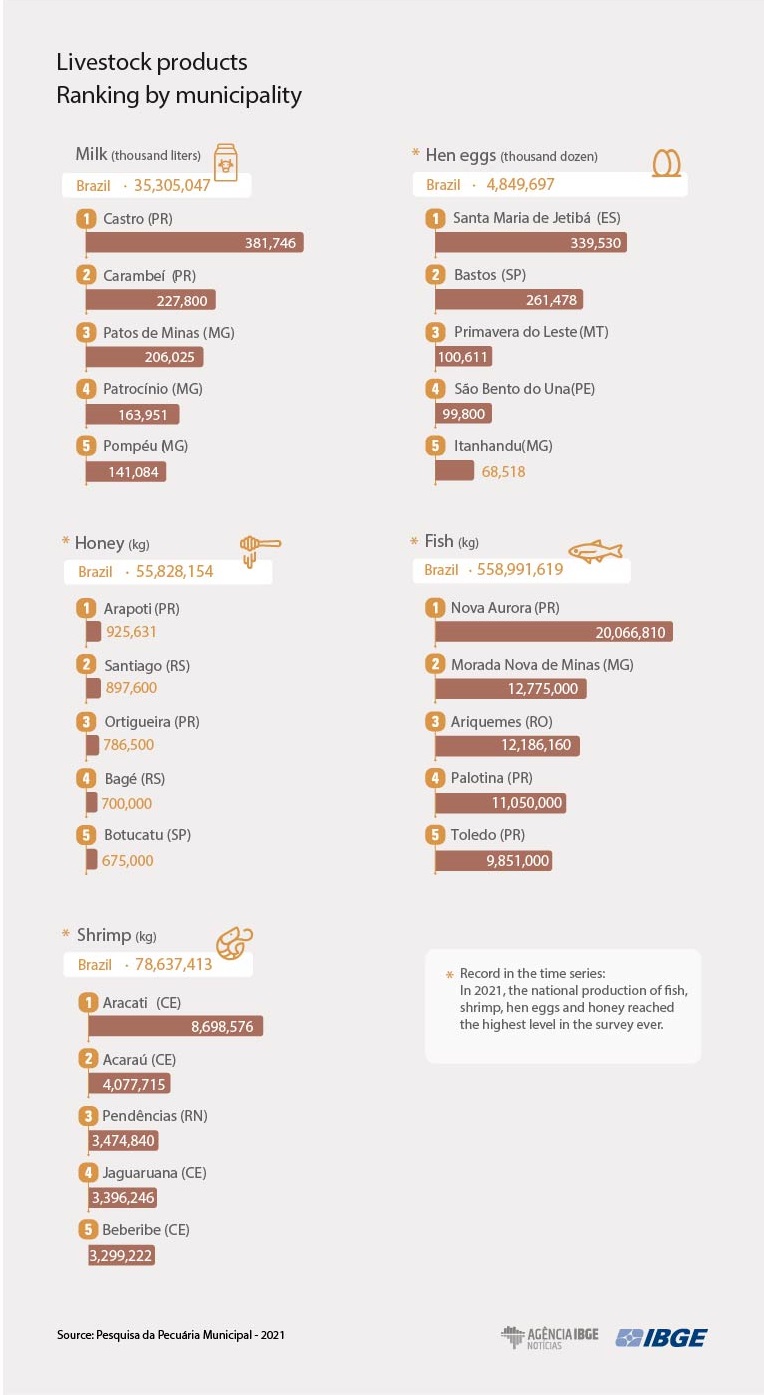
Production of honey is still on an upward trend and hits a record high
The national production of honey reached 55.8 thousand tonnes, an increase of 6.4% against 2020. The increase was mainly due to the increases in the South, Northeast and Southeast, with results of 39.7%, 36.3% and 18.8%, respectively. Value of production reached R$ 854.4 million, with an increase of 34.8%. The national average price of honey, per kilogram, changed from R$ 12.07 to R$ 15.30. “There is demand and room for increase of this market. A production potential can be explored, and that has been observed, with rise of the dollar and rise of prices," Ms. Oliveira explains.
Rio Grande do Sul is the main producer among Brazilian states, and accounts for 9.2 thousand tonnes, followed by Paraná (8.4 thousand) and Piauí (6.9 thousand). These states have led the ranking since 2017. Together, they represent 43.9% of the total Brazilian production.
Among the 3,991 municipalities that produced honey in 2021, Arapoti (PR) is in the first position, with an estimated production of 925.6 tonnes, followed by Santiago (RS), Ortigueira (PR), Bagé (RS) and Botucatu (SP).
Led by the South and the Central West, fish farming increases
Fish farming increased by 0.9%, with a total 559 thousand tonnes in 2021, record figure in the series. The South Region led the increase, with the biggest national production (35.4%) and an increase of 4.2% from 2020. The Central West was also relevant, with the smallest participation (13.2%), but recorded the biggest increase in 2021, of 7.5%.
Among the states, once agais, the highlights were Paraná (25.9%), São Paulo (9.3%) and Rondônia (7.7%). Among the municipalities, Nova Aurora (PR), with 20.1 thousand tonnes (3.6% of the natonal production) remains as the leader. Also relevant are Morada Nova de Minas (MG), with 2.3%, and Ariquemes (RO), with 2.2%.
Since the start of the time series, tilápia has been the number 1 among fish species. In 2021, tilapia production amounted to 361.3 thousand tonnes, or 64.6% of the national production of fish. The South Region was the main producer, with Paraná leading the state ranking for the species and, at national level, Nova Aurora (PR) does.
The second most produced species was tambaqui, with a decrease of 5.9%, and 94.6 thousand tonnes (16.9%) of the total fish farming production. This species is mainly concentrated in the North, with 71.6% of the national production. Together with the Northeast (22.6%), both represented 94.2% of the national total.
Rondônia leads the state ranking once more, and accounts for 36.7% of the total tambaqui production. Maranhão (12.1%) and Roraima (12.1%) are also important for production. The municipalities of Ariquemes (RO), Amajari (RO) and Almas (TO) form the top 3.
In the third position of fish farming is the group tambacu and tambatinga (7,7% of the total production), which recorded a decrease of 0.5%, from 2020 to 2021. Production is distributed among the Central West (58.6%), the Northeast (25.4%) and the North Region (14.7%), but it is mainly observed in Mato Grosso, which accounted for 54.8% of the national production of these two species. Maranhão also stands out, with a production of 21% of the total produced.
Ceará leads shrimp farming, which increased for the 4th consecutive year
Shrimp farming reached 78.6 million kilos in 2021, a figure 18.1% higher than in 2020. Production, which is concentrated in the Northeast (99.7% of the total), has increased for the fourth consecutive time. “Every edition of the survey the sector proves to have overcome the crisis caused by the white spot syndrome virus,” says Mariana Oliveira.
Ceará is the main producer With an increase of 38.3% in production, the state has left Rio Grande do Norte (second-placed state) behind and reached 33.7 thousand tonnes or 42.9% of the national total.
Among the 192 producing municipalities, Aracati (CE) leads again, with 11.1% of the national production, now followed by Acaraú (CE) and Pendências (RN).


